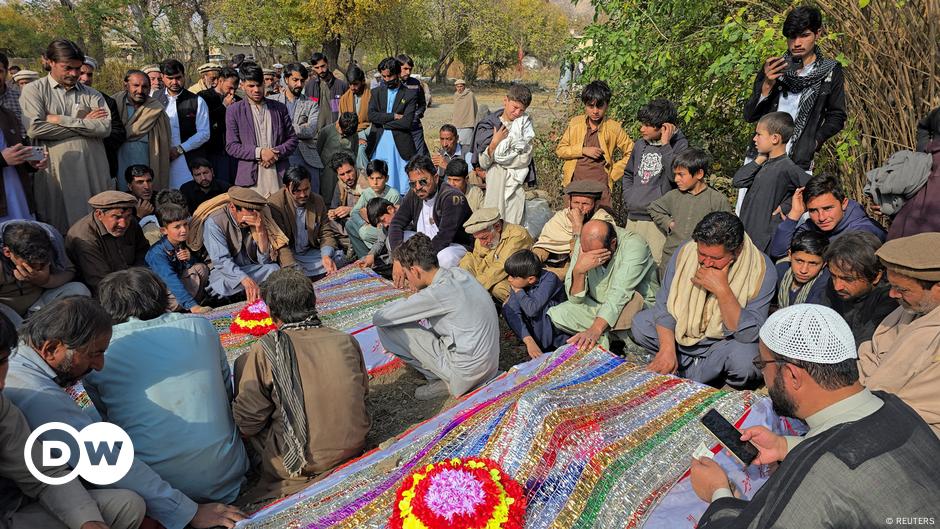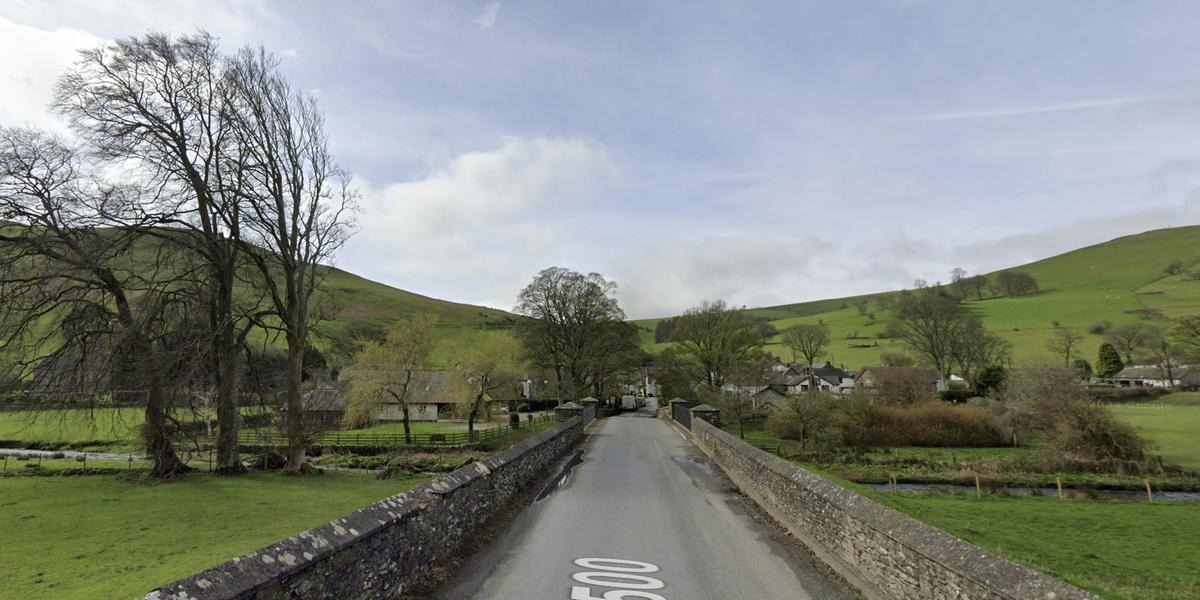It’s the real first wave of feminism.
Neolithic society was more egalitarian than previously thought according to a new comprehensive genetic study.
Central Europeans from 5,500 BC — considered by anthropologists to be part of the Linear Pottery Culture — had no discernable social stratification and equal opportunity to resources, stunning scientists from Harvard University and the University of Vienna.
integral to agricultural tasks and enjoyed the same burial treatment as men. Konstantin Aksenov
The trove of unprecedented genetic data was harvested from the remains of over 250 individuals from over 30 burial sites with researchers conducting bone studies, radiocarbon dating, collecting dietary information and using burial contexts to derive their conclusions.
“We report for the first time that families at the study sites of Nitra in Slovakia and Polgár-Ferenci-hát in Hungary do not differ in terms of the foods they consumed, the grave goods they were buried with, or their origins,” explains Dr. Ron Pinhasi from the University of Vienna.
“This suggests that the people living in these Neolithic sites were not stratified on the basis of family or biological sex, and we do not detect signs of inequality, understood as differential access to resources or space,” Pinhasi added.
Women were more likely than men to move from where they were born and were buried with the same reverence and rites that men had, according to the study.
“We also know from the items left in grave sites, such as stone tools and pottery, that women played a much more active role in farming work than previously thought and that some women travelled more than men, whilst women in other areas stayed closer to home, showing a much more dynamic community than we perhaps thought possible,” Professor Penny Bickle from the University of York said, according to the Telegraph.
A distant relation between subjects in Slovakia and others in Western Germany, which sits nearly 500 miles away, indicating freedom of movement in the era as well as underscoring the rapid spread of the cultural movement
This mobility of individuals accounts for the spreading of agricultural and artisanal knowledge is termed by anthropologists as Linear Pottery Culture.
The cultural movement started in Central Europe along the Danube, Rhine and Elbe rivers from 5,500 to 5,000 BC before ultimately meeting a mysterious and violent end, according to anthropologists.
Widespread violence is thought to have broken out through the region — creating a notable archaeological record in Lower Austria, including a slaughter of over 100 individuals at a site in Asparn-Schletz.
“The massacre site raises many questions and more work will need to be done on this event to get closer to an answer,” Professor Bickle said, according to the Telegraph.
“Could they have been selected from a larger community and transported? Were the young women present but not killed or held captive elsewhere, why children as well as adults — the mystery remains.”

 By New York Post (World News) | Created at 2024-11-30 01:45:07 | Updated at 2024-11-30 03:36:36
1 hour ago
By New York Post (World News) | Created at 2024-11-30 01:45:07 | Updated at 2024-11-30 03:36:36
1 hour ago








